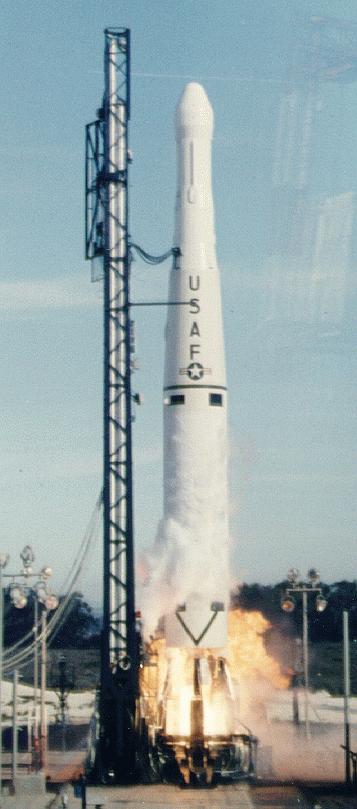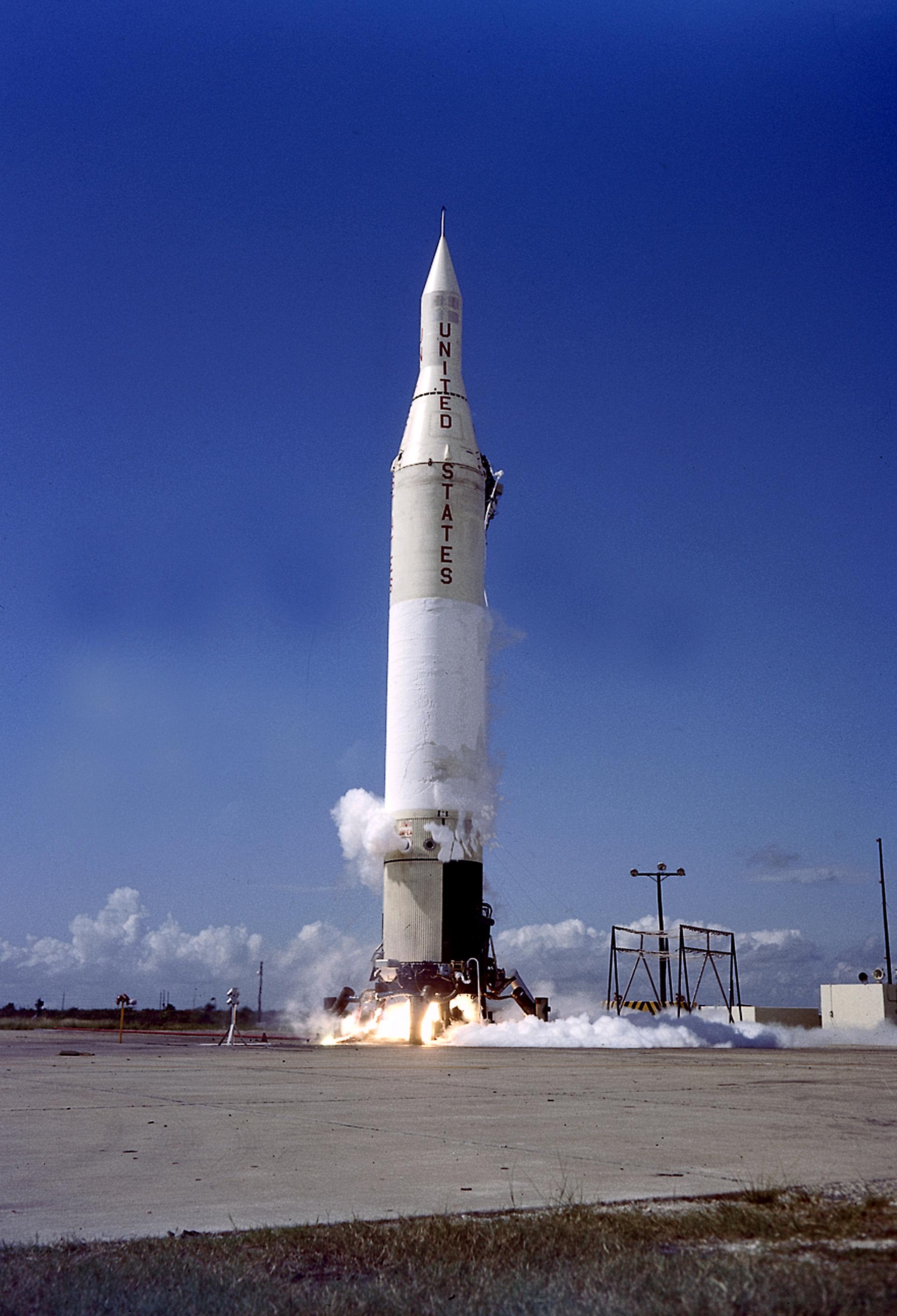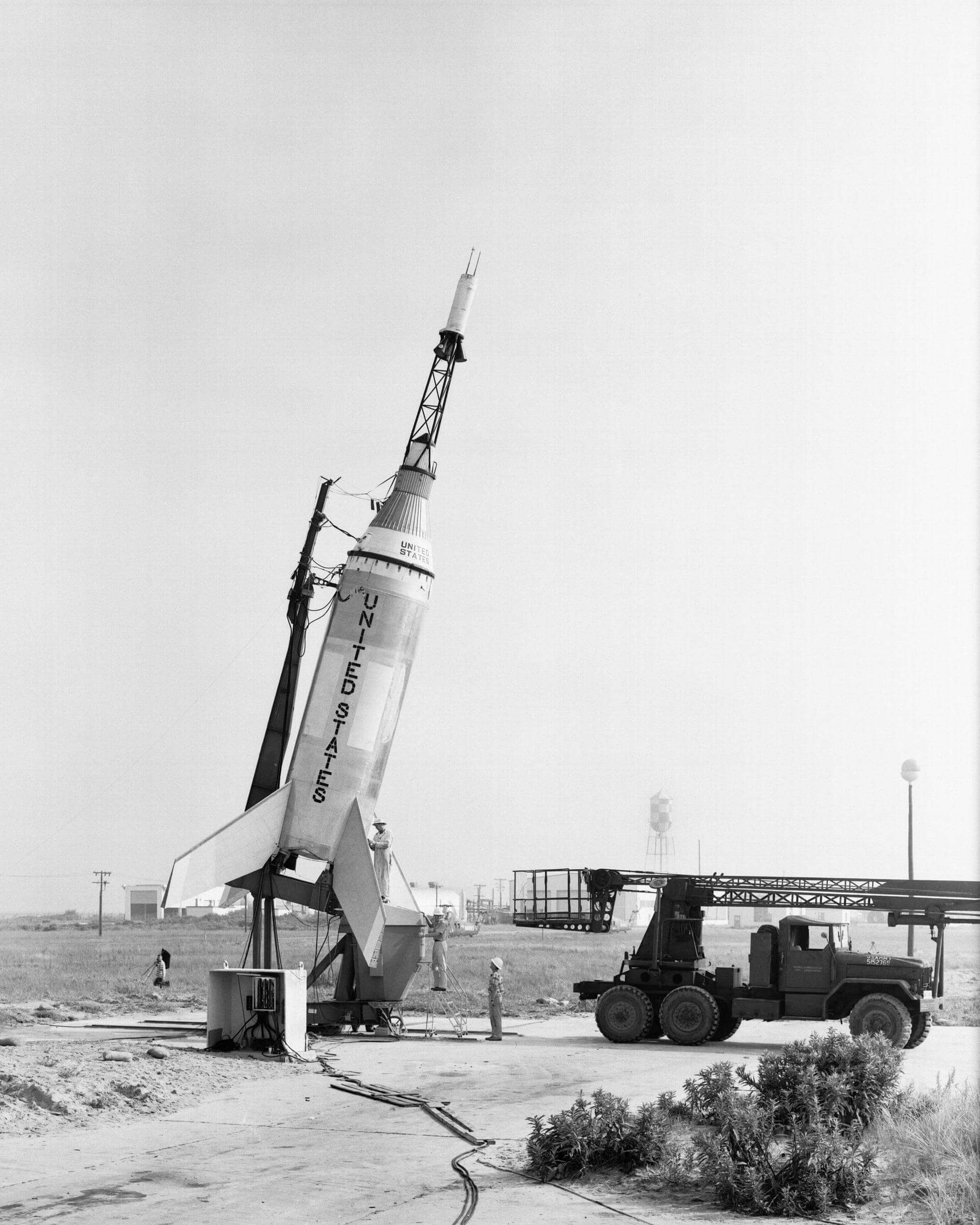Previous Spaceflight Launches
Filter by Agency, Locations or Vehicles
Show All LaunchesVostok-L 8K72 | Luna-4a
Energia | RussiaBaikonur Cosmodrome, Republic of Kazakhstan
April 15, 1960, 3:06 p.m.
Status: Launch Failure
Mission:
Luna 1960A was the second Soviet attempt to photograph the far side of the Moon. The first being the highly successful Luna 3 mission. Luna 1960A was designed to replicate the Luna 3 mission, but with higher resolution cameras and a closer approach to the Moon.
Lunar flybyThor DM-21 Ablestar | Transit 1B
United States Air Force | United States of AmericaCape Canaveral, FL, USA
April 13, 1960, 12:02 p.m.
Status: Launch Successful
Mission:
The Transit system was the first satellite navigation system to be used operationally. The system was primarily used by the U.S. Navy to provide accurate location information to its Polaris ballistic missile submarines, and it was also used as a navigation system by the Navy's surface ships, as well as for hydrographic survey and geodetic surveying.
Polar OrbitThor Able II | Tiros 1
McDonnell Douglas | United States of AmericaCape Canaveral, FL, USA
April 1, 1960, 11:40 a.m.
Juno II | NASA S-46
Army Ballistic Missile Agency | United States of AmericaCape Canaveral, FL, USA
March 23, 1960, 1:35 p.m.
Thor Able IV | Pioneer V
McDonnell Douglas | United States of AmericaCape Canaveral, FL, USA
March 11, 1960, 1 p.m.
Atlas Agena A | Midas 1
Convair | United States of AmericaCape Canaveral, FL, USA
Feb. 26, 1960, 5:25 p.m.
Thor Agena A | Discoverer 10
McDonnell Douglas | United States of AmericaVandenberg SFB, CA, USA
Feb. 19, 1960, 8:15 p.m.
Thor Agena A | Discoverer 9
McDonnell Douglas | United States of AmericaVandenberg SFB, CA, USA
Feb. 4, 1960, 6:51 p.m.
Status: Launch Failure
Mission:
Discoverer 9 was an American optical reconnaissance satellite, the sixth of ten operational flights of the Corona KH-1 spy satellite series, and the first of them to be equipped with a new, vacuum-proof, polyester-based film. The satellite was not successfully orbited.
Low Earth OrbitLittle Joe | LJ-1B
North American Aviation | United States of AmericaWallops Island, Virginia, USA
Jan. 21, 1960, 2:23 p.m.
Status: Launch Successful
Mission:
The Little Joe 1B was a suborbital launch escape system test of the Mercury spacecraft, conducted as part of the U.S. Mercury program. The mission also carried a female rhesus monkey (Macaca mulatta) named Miss Sam in the Mercury spacecraft.
SuborbitalLittle Joe | LJ-2
North American Aviation | United States of AmericaWallops Island, Virginia, USA
Dec. 4, 1959, 4:20 p.m.





